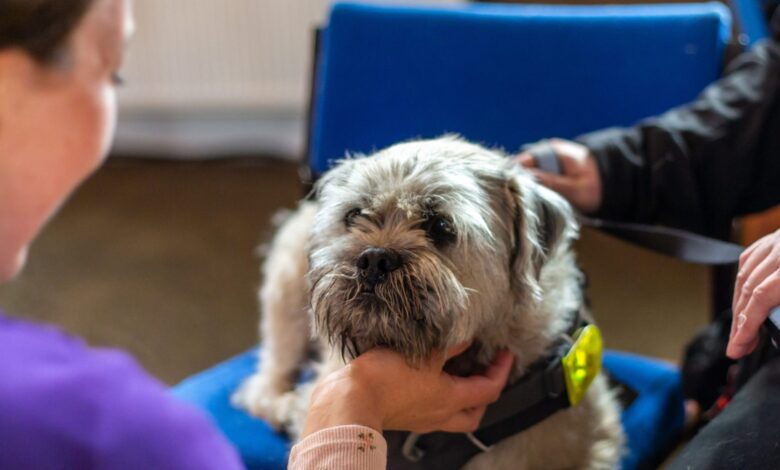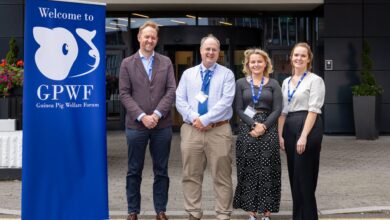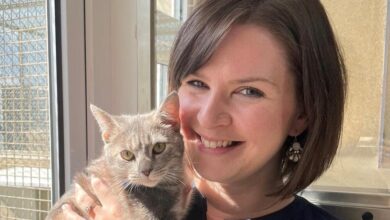Scottish SPCA reports surge in demand and growing community impact
The Society plans to publish its first Interim Impact Report in September, setting out how it will measure the longer-term effects of its work on animal and human welfare and the environment

Register to get 1 free article
Reveal the article below by registering for our email newsletter.
Want unlimited access? View Plans
Already have an account? Sign in
The Scottish SPCA has highlighted a sharp rise in demand for its services alongside increased engagement with its community-based initiatives in its 2025 mid-year report.
Between January and June, the Society recorded a 19.5% rise in calls to give up pets, a 62.5% increase in foster placements, and delivered more than 44,000 meals through its Pet Aid programme, which supports pet owners facing financial hardship.
Wildlife admissions also rose by 5.6%, with staff at the National Wildlife Centre working to rehabilitate and release animals including foxes, seals and birds of prey.
The report also outlined achievements across the Society’s three strategic pillars – Rescue, Protect and Lead, including attending more than 17,000 incidents through its animal rescue officers and expanding partnerships such as with Erskine Veterans Charity to connect older adults with animals.
It also highlighted the Society’s role in leading national policy by chairing the UK and Irish Pet Trade Taskforce to address unethical animal trading practices.
The Society plans to publish its first Interim Impact Report in September, setting out how it will measure the longer-term effects of its work on animal and human welfare and the environment.
Mark Bishop, who became chief executive earlier this year, said: “The scale of need we’re seeing is significant – but so is the impact we’re having. Behind every statistic is an animal, a person, a family. I’m proud to be part of a team working every day to protect animals, support communities and create lasting change.
“Animal welfare depends on everyone, and this report shows just how vital that collective effort is – and why prevention, partnership and early action must remain our focus.”







